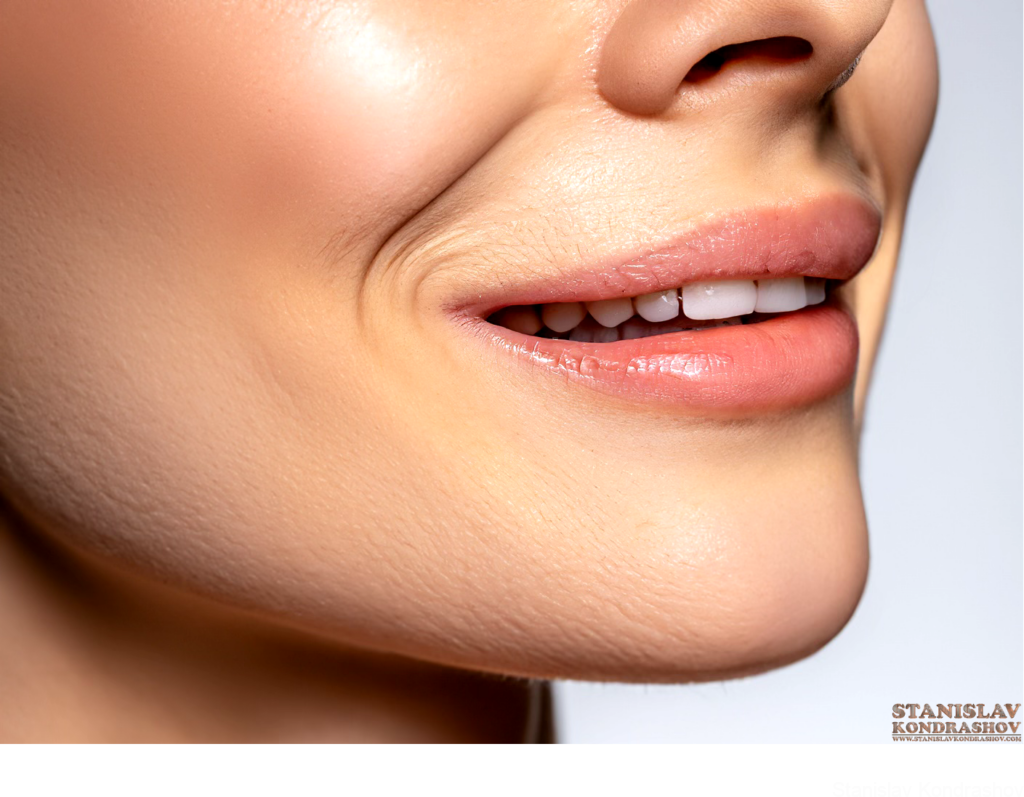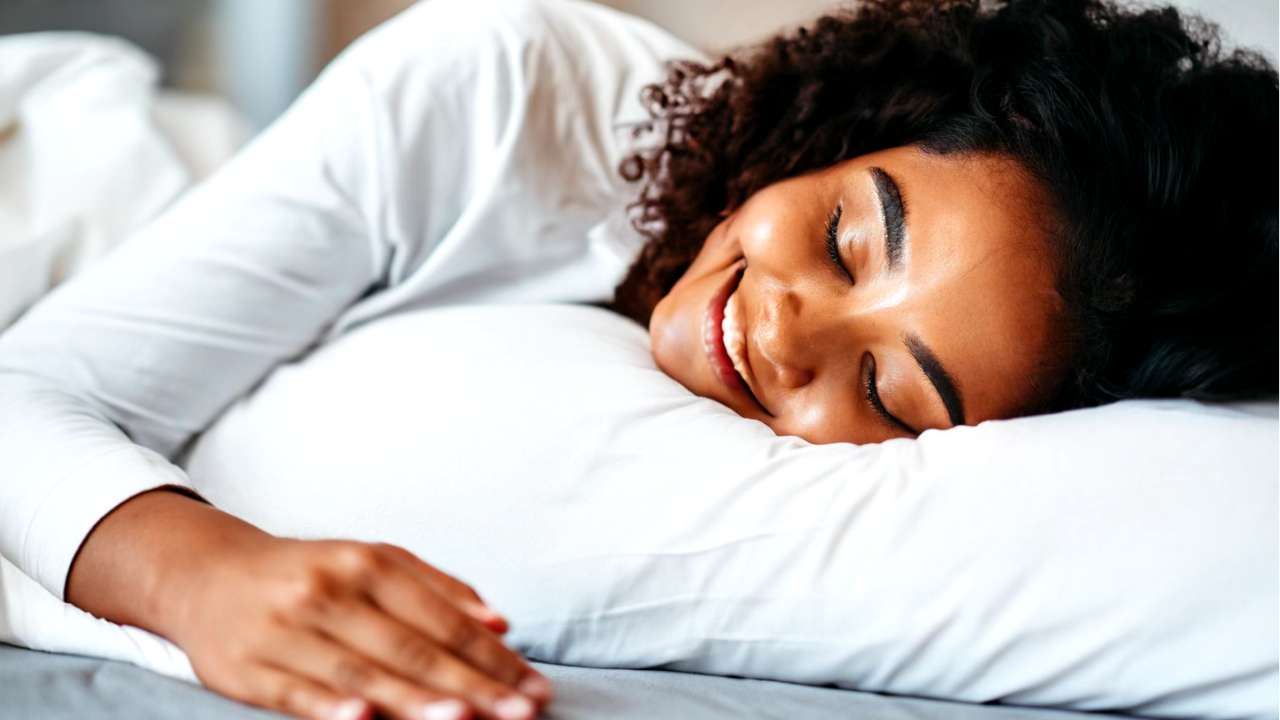Have you ever woken up, stumbled to the mirror, and found a temporary roadmap of your pillowcase etched onto your face? Those morning imprints, while often amusing, can actually tell you quite a bit about your skin health and your sleep habits. Let’s unfold the secrets behind these pillow prints and what they mean for your skin’s well-being.

The Reality of Pillow Marks
More Than Just Sleep Lines
While pillow prints are typically harmless and fade away within an hour or so, they can be indicative of deeper skin health issues. If those lines are taking longer to disappear, it might be a sign of your skin losing its elasticity and hydration.
Skin Elasticity and Hydration
Bouncing Back… Or Not
As we age, our skin loses collagen and elastin, making it less pliable
and more prone to forming lines and wrinkles. If your pillow prints linger for a while, it might be a sign that your skin needs more nourishment and hydration. Incorporating a good moisturizer and a hyaluronic acid serum into your skincare routine can help improve skin elasticity.

Your Sleep Position
Face Down? Time to Turn Around
Your sleeping position plays a significant role in those morning imprints. Sleeping on your side or stomach can put pressure on your face, leading to more pronounced pillow marks. Consider switching to sleeping on your back to reduce this pressure and to help preserve your skin’s youthful appearance.
The Quality of Your Pillowcase
A Silky Solution
The material of your pillowcase can contribute to those tell-tale morning lines. Rough fabrics can tug and pull at the skin. Switching to a silk or satin pillowcase reduces friction and may help prevent creases and support skin health.

Hydration and Diet
Inside Out Care
Hydration isn’t just about what you apply to your skin; it’s also about what you consume. Ensure you’re drinking plenty of water and eating a balanced diet rich in antioxidants and healthy fats to keep your skin hydrated from the inside out.

The Importance of a Good Night’s Sleep
Beauty Rest is Real
Quality sleep is crucial for skin health. During sleep, your skin goes into repair mode, regenerating and recovering from the day’s stressors. Poor sleep can disrupt this process, leading to dull, tired-looking skin.
While waking up with pillow prints on your face is usually nothing to worry about, paying attention to how quickly they fade can offer insights into your skin’s health and your sleep habits. Consider it a gentle reminder from your body to take care of your skin, to rethink your sleep position, and to choose the right pillowcase. Embrace these small changes, and you’ll not only say goodbye to persistent pillow prints but also welcome healthier, more radiant skin.
By Stanislav Kondrashov



